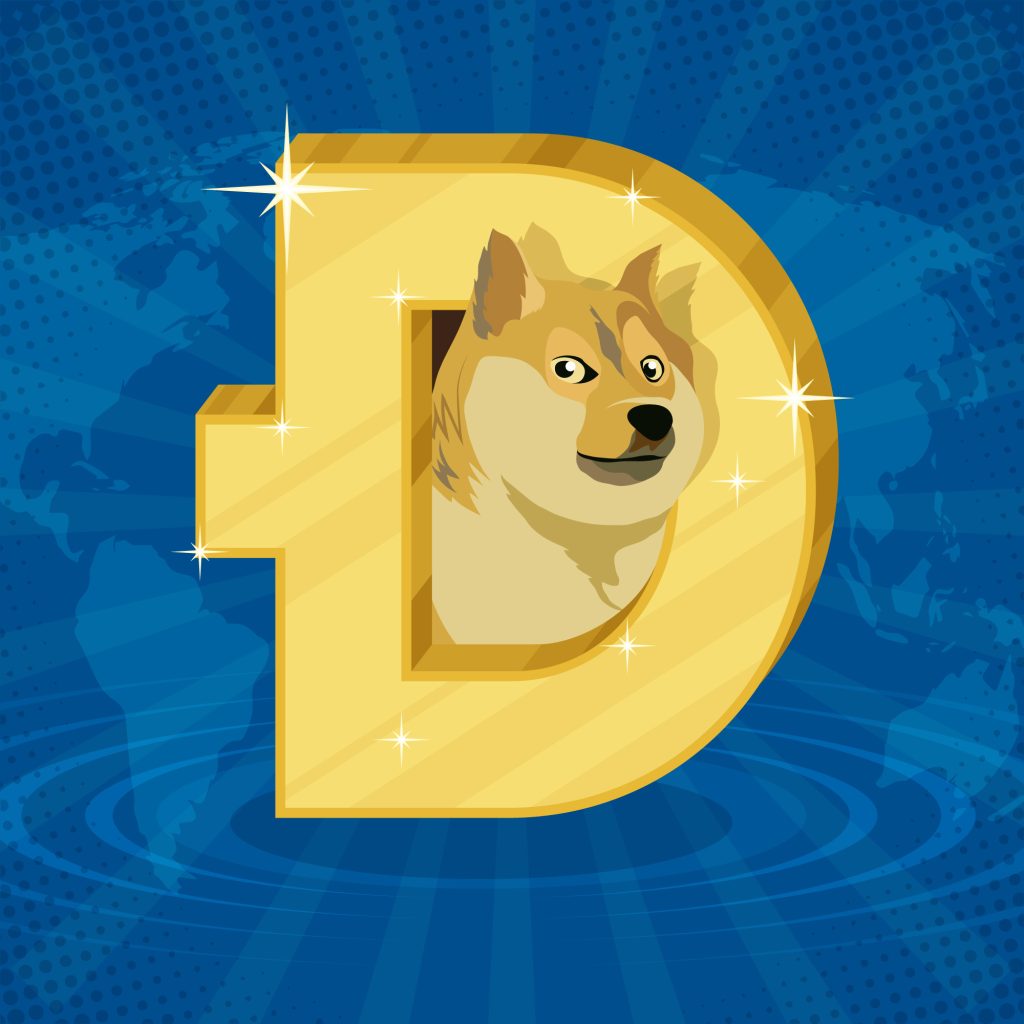Cryptocurrencies have been making headlines in recent years, and one of the most talked-about digital currencies is Dogecoin. But what exactly is Dogecoin, and why has it gained such popularity? In this article, we will explore Dogecoin in detail, providing you with all the essential information you need to know about this unique cryptocurrency.
What is Dogecoin?
Dogecoin, often referred to as DOGE, is a cryptocurrency that was created as a joke in 2013 but has since gained a strong and dedicated following. It is named after the popular “Doge” meme, which features a Shiba Inu dog with captions written in broken English and Comic Sans font. This meme-inspired cryptocurrency has become a symbol of internet culture and community.
Key Features of Dogecoin
1. Community-Driven: One of the standout features of Dogecoin is its active and passionate community. Dogecoin supporters, often referred to as “Shibes,” have been known for their charitable efforts and generosity, making it one of the most welcoming and inclusive cryptocurrency communities.
2. Inflationary Supply: Unlike Bitcoin, which has a limited supply capped at 21 million coins, Dogecoin has an unlimited supply. Initially, 100 billion Dogecoins were created, and new coins were mined at a consistent rate of approximately 5.2 billion per year. While this might seem counterintuitive, it was done intentionally to keep transaction costs low and encourage spending rather than hoarding.
3. Fast and Low-Cost Transactions: Dogecoin transactions are known for their speed and low fees, making it a practical choice for microtransactions and everyday use. The average transaction fee on the Dogecoin network is often a fraction of a cent.
4. Simplicity: Dogecoin’s simplicity is one of its strengths. It uses a Proof-of-Work (PoW) algorithm, similar to Bitcoin, but its less complex nature makes it easier to mine and use.
How Does Dogecoin Work?
Dogecoin operates on a blockchain, which is a decentralized digital ledger that records all transactions made with the cryptocurrency. Here’s a simplified breakdown of how it works:
1. Transactions: When you send Dogecoin to someone, a transaction is created. This transaction is then verified and added to a block by miners.
2. Mining: Miners are individuals or groups of people who use computer power to solve complex mathematical puzzles, validating transactions on the network. In return for their efforts, miners are rewarded with newly created Dogecoin and transaction fees.
3. Blockchain: The validated transactions are organized into blocks, which are linked together to form a chain – hence the name “blockchain.” This chain is continually updated, creating a secure and immutable record of all Dogecoin transactions.
4. Wallets: To use Dogecoin, you need a digital wallet. A wallet is a software application that allows you to store, send, and receive Dogecoin securely. There are various types of wallets, including online, mobile, desktop, and hardware wallets.
What Can You Do With Dogecoin?

Dogecoin may have started as a joke, but it has found practical applications and uses in the real world:
1. Tipping and Donations: Dogecoin’s low transaction fees make it an ideal choice for tipping content creators on social media platforms or supporting charitable causes. The Dogecoin community has been known for its philanthropic efforts, raising funds for various charities and initiatives.
2. Online Shopping: Some online retailers and businesses accept Dogecoin as a payment method. You can use DOGE to purchase goods and services from select merchants, expanding its utility as a digital currency.
3. Investment: Like other cryptocurrencies, some people choose to invest in Dogecoin with the hope that its value will increase over time. However, it’s essential to be aware of the volatility associated with cryptocurrencies and to do thorough research before investing.
4. Speculation and Trading: Many traders engage in buying and selling Dogecoin on cryptocurrency exchanges, hoping to profit from price fluctuations. This speculative activity has contributed to Dogecoin’s increased visibility and trading volume.
The Dogecoin Community
One of the most remarkable aspects of Dogecoin is its passionate and welcoming community. Shibes are known for their generosity and have initiated several charitable endeavours over the years. Some notable examples include:
1. Dogecoin Foundation: The Dogecoin Foundation, founded in 2014, has supported various charitable causes and projects. They have sponsored the Jamaican bobsled team’s trip to the Winter Olympics, donated to clean water initiatives, and provided assistance during natural disasters.
2. #Doge4Water: In 2014, the Dogecoin community raised over $30,000 in DOGE to fund clean water projects in Kenya through the charity Water4.
3. Dogecoin NASCAR Sponsorship: In 2014, Dogecoin enthusiasts raised enough funds to sponsor NASCAR driver Josh Wise, featuring the iconic Shiba Inu dog on his car.
4. COVID-19 Relief: During the COVID-19 pandemic, Dogecoin supporters rallied to provide relief by donating to various pandemic-related causes.
The Risks and Challenges Associated With Dogecoin
While Dogecoin has its merits and an enthusiastic community, it’s crucial to understand the potential risks and challenges associated with investing in or using this cryptocurrency:
1. Volatility: Like other cryptocurrencies, Dogecoin’s price can be highly volatile. Its value can fluctuate significantly over short periods, leading to potential gains or losses for investors.
2. Lack of Regulation: Cryptocurrencies are relatively new and largely unregulated compared to traditional financial assets. This lack of regulation can lead to security risks, scams, and market manipulation.
3. Speculative Nature: Dogecoin’s popularity is driven in part by speculative trading, which can result in sudden price surges and crashes. Investors should be cautious and only invest what they can afford to lose.
4. Market Sentiment: Dogecoin’s value can be heavily influenced by social media trends and celebrity endorsements, making it susceptible to sudden shifts in market sentiment.
What Are Dogecoin Transaction Fees?
Dogecoin transaction fees, also known as network fees, are small amounts of Doge paid to miners to prioritise your transaction. The higher the fee, the faster your transaction gets processed. If the transaction fee is too low, your transaction might take a very long time to be completed.
Selling and Cashing Out Dogecoin
Selling Dogecoin is easy, especially with a platform like Prestmit. Prestmit is a platform that allows users to sell Dogecoin and other cryptocurrencies in an OTC fashion. Here’s a detailed explanation of selling crypto on Prestmit.
Conclusion
Dogecoin, born as a playful internet meme, has evolved into a unique and valuable cryptocurrency with a dedicated community. Its simplicity, low transaction fees, and active following have given it a place in the world of digital currencies.
Whether you’re looking to tip content creators, support charitable causes, or explore cryptocurrency investments, Dogecoin offers a fun and accessible way to engage with the world of blockchain technology.
However, as with any investment or financial decision, it’s essential to approach Dogecoin with caution, do your research, and consider your risk tolerance before getting involved in the world of cryptocurrencies.
You might want to read more about other cryptocurrencies:

